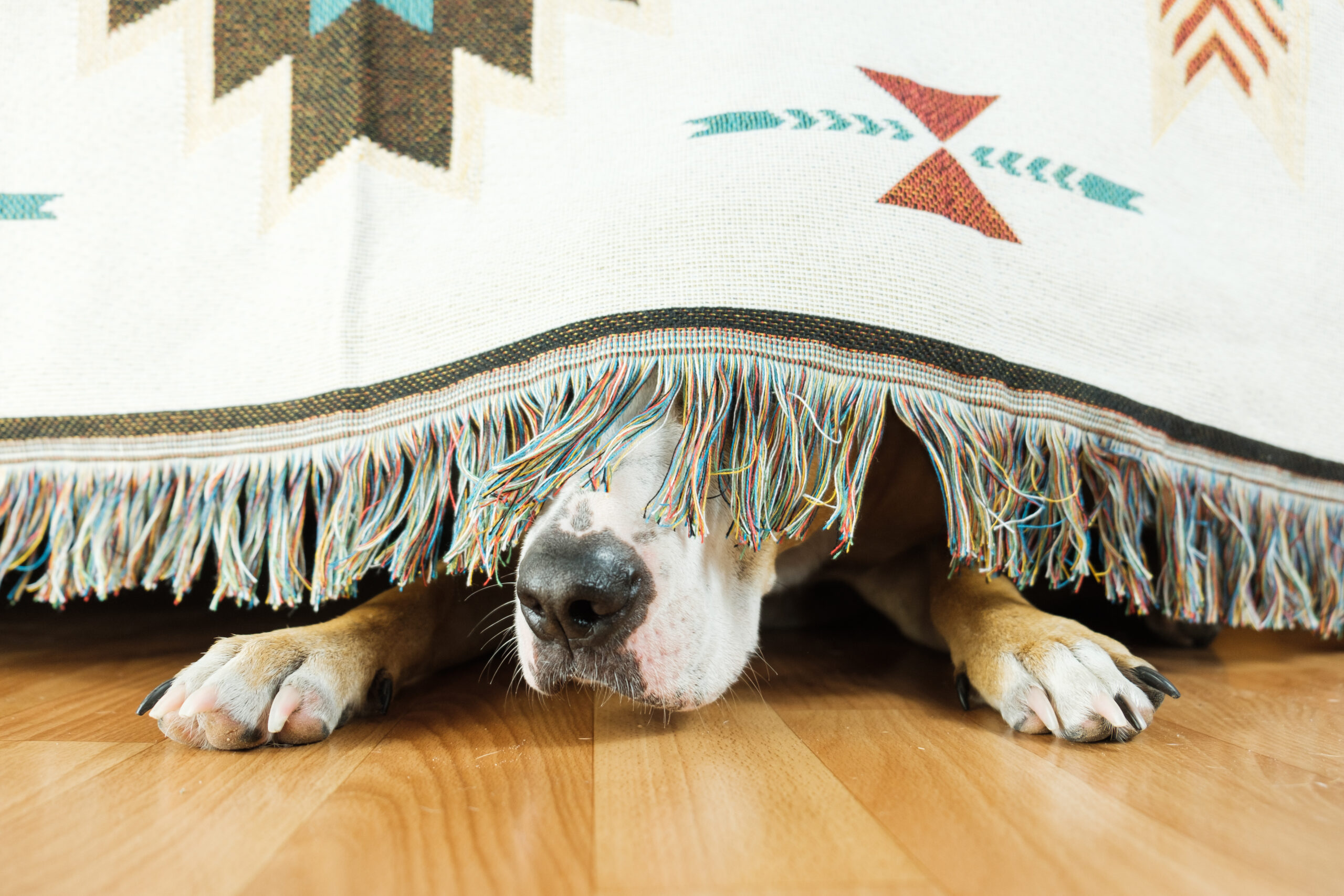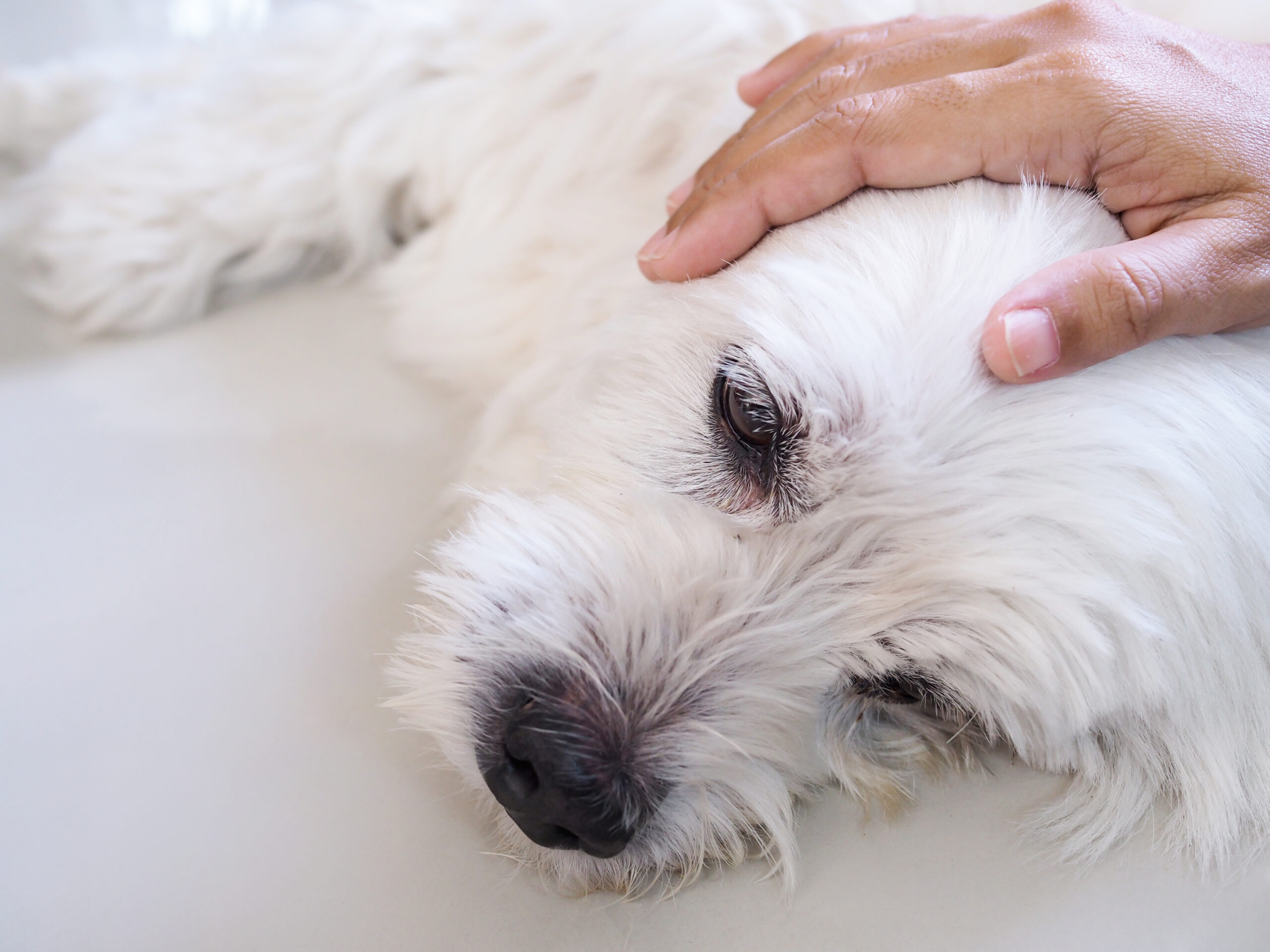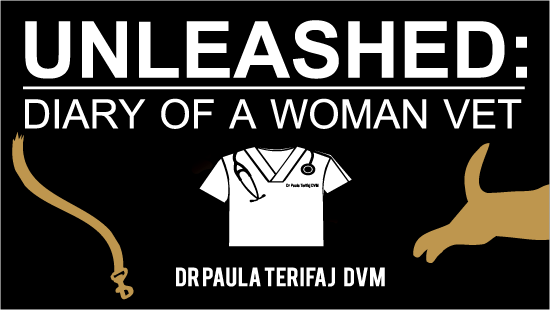Joint pain, Osteoarthritis (OA), is the most common senior disease of dogs and cats. It is estimated that OA affects 20% of adult dogs (dogs over 1 year of age) and a full 80 percent of senior dogs (over 8 years of age). Geriatric cats (over 10 years of age) are equally affected. OA is not a single disease entity but rather a slow and progressive degeneration of the joints. It will seriously impact the quality of your pet’s life. So much so, it can become the sole reason pet owners choose euthanasia – a heartbreaking situation!
The large breeds (especially the Labrador Retrievers, Golden Retrievers, and German Shepherds) carry the most risk and not just because of their size. Genetically speaking, there is higher risk that these breeds might be diagnosed with hip and elbow dysplasia (abnormal joint development) at an earlier age. When young dogs develop a front or rear leg lameness, that does not improve with rest – it’s time to seek veterinary help. Poorly formed elbows and hip joints will cripple most dog’s way before they hit their golden years. To give any arthritic dog a fighting chance for a longer comfortable life, pet owners must be proactive. Don’t wait for things to get worse because they will!
Start with a thorough veterinary exam as soon as you notice an inability to jump onto familiar beds, sofas, car seats, or the back of an SUV, and if you detect an intermittent lameness or a slight limp after exercise. Why? Because your dog is telling you there is a problem – it’s painful to move! Your vet will need to determine if osteoarthritis is the true culprit of discomfort or something else. Here are some of the most common symptoms of joint pain:
- Stiffness after resting or sleeping
- Reluctance to rise – gets up with the front legs first
- Struggles to walk up or down stairs
- Increased inactivity or sleep
- Irritability – starts taking exception to being groomed or touched
The biggest mistake canine and feline pet owners make is to write off these symptoms as simply “old age”. And I will fault any veterinarian that grabs for the bottle of prescription drugs (usually the NSAID’s) while neglecting the value of these holistically minded treatments: better diet; weight loss if your pet is deemed to be overweight; proven joint supplements.
First, I will tackle the subject of diet and body weight. It pains me to say that pet owners need to assume more responsibility for just “what” ‘and “how much” they feed their domestic household fur. Popular pet food diets bare little resemblance to what has been termed the ancestral diet. In plain English, these furry creatures are true carnivores. Why kibble is a bad idea Furthermore, if your pet is over its ideal body weight (ask your vet), shame on you! Overweight pets are more at risk to develop joint problems and treatments will not be as effective. Fat dogs and cats are the result of improper feeding. In other words – human error. Golden Rule #1: never free feed and always feed pets separately.
When trying to manage day to day activities, like short walks, outside potty breaks, going up and down stairs, or getting in and out of the car, it’s time to add orthopedic support. Here’s the good news. You can support the rear legs with an affordable and easy to use harness. Top pick by doggy orthopedic surgeons for post-op care and injuries is the GingerLead . It’s my favorite, too, for any type of rear leg lameness.
Moving on to the myriad of name brand nutritional supplements. Health conscious people are familiar with traditional joint supplements containing glucosamine and chondroitin – the old standbys. In more recent years, many companies have attempted to improve their formulations by adding other nutraceuticals (a food product consumed as part of the daily diet that may offer benefit beyond nutrition). Here are a few: *Avocado/Soybean Unsaponifiables (ASU); Hyaluronic Acid (HA); Cetyl Myristoleate (Cetyl-M). Reading labels you will also find a vast assortment of various herbs reported to offer pain relief. It’s no wonder there is so much confusion surrounding the self-help counter!
Simply put, there is no single one best treatment option. I like to start with making diet changes and adding veterinary approved joint supplements. Overtime, as the joint degeneration worsens, pain control medication will be necessary. I’ve had the best luck with Galliprant – a newer generation NSAID (Non-steroidal Anti-inflammatory Drug) with fewer side effects. Run for the hills if you are offered Rimadyl or Metacam or any of their dozen or so generic knock offs. All drugs have reported side effects – do your homework!
Nutramax remains my favorite standby nutraceutical company. Their innovative products support a variety of health issues. And since we are talking about joints, look for the Dasuquin brand. Their newest formulations, Dasuquin Advanced and Dasuquin Advanced with ESM should replace their older formulation: Dasuquin with MSM. Pay a little more and see it as a good investment. Your dog will thank you.
Time for the new kid on the block – Undenatured Collagen Type 11 (UC-II®). Although UC-II® is relatively new, it has become more and more popular due to the positive results of scientific studies in dogs, horses and humans. Flexadin has been formulated for both dogs and cats.
For extra credit, consider adding hydrotherapy using your own heated swimming pool. Don’t have a pool? Special underwater treadmills have been designed for canine use. Ask your vet for a referral to the nearest doggy rehab center. Also popular are Class 4 laser treatments, which many vets are using now. An old favorite of mine is Adequan – originally used in horses. Given by injection, I have taught many pet owners how to administer the shot subcutaneously (just under the skin). Fairly painless, especially when a tasty treat becomes part of the protocol.
Most of the recommendations mentioned here simply will not apply to our domestic felines. Cats are not likely to tolerate or appreciate any human efforts other than a clean litter box, play toys and dinner served on time! What’s the answer? Dasuquin Advanced Sprinkle Capsules. Just keep some moist canned food on hand and sprinkle daily. It’s no wonder why it’s not a pill. Nutramax is looking out for you, the cat owner.





